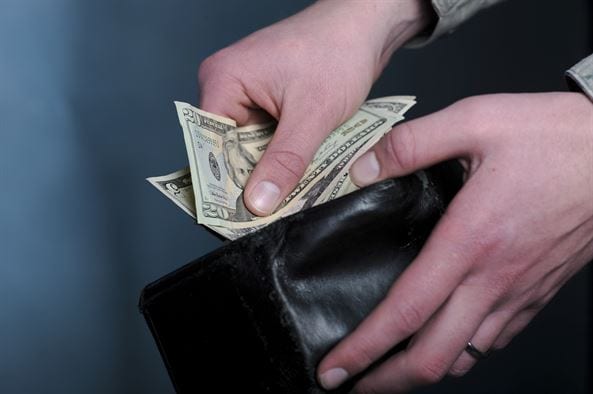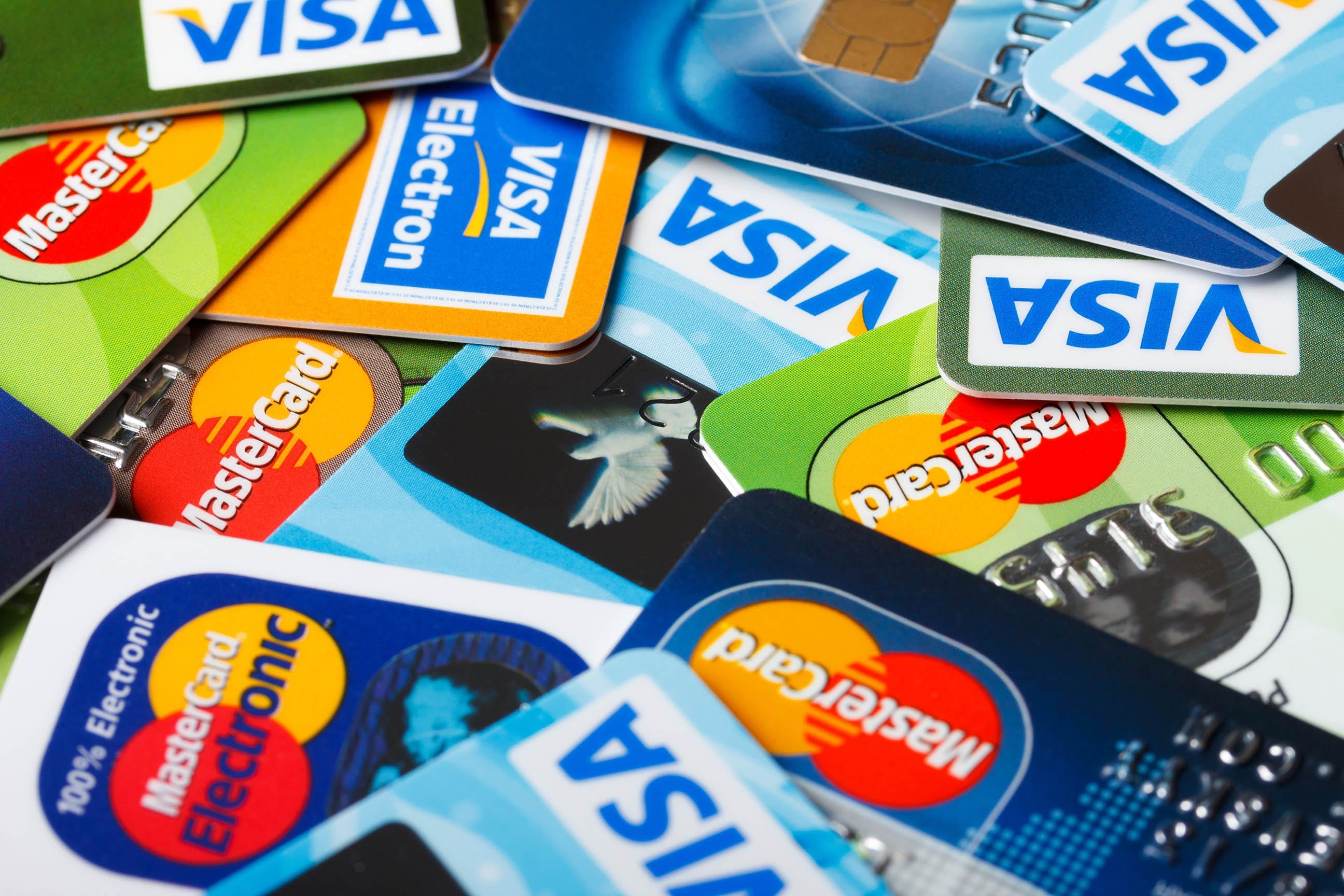I often talk about how to spend less money. Does that mean I fall into the Spend Less spectrum of the Spend Less vs. Earn More debate? Let’s look at each side:
Spend Less than You Earn
The philosophy here is to focus on keeping expenses low. This person places an emphasis on saving money.
Earn More than You Spend
The philosophy here is to increase your earnings so you are earning more than your expenses. This person puts an emphasis on money-making ventures or income generation.
I have spent a great deal of time and energy over the past year looking at ways to cut our expenses. Does this mean I live by the Spend Less mantra? Not necessarily. The fact is the easiest way to increase your income is to hold onto more of it – cut your costs. But there comes a point where you’ve cut so much that you can’t cut anymore. That’s not a bad thing, it just means you’ve probably been successful at driving down your expenses.
Then what? Are you confident that the delta between your income and expenses will put you on the path to financial freedom? If so, awesome! But I suspect that many of you, like me, are not content with your current income. Even with lower expenses, you would like to, or are actively pursuing ways to increase your income.
So, where do I fall? Earn More or Spend Less? Simple. Both!
I fundamentally believe in keeping your expenses low and not owning lots of things that end up owing you. With careful budgeting we’ve been able to structure our expenses in a way that we can contribute to retirement, save a decent amount of our income and aggressively pay down debt. We’ve largely done this by drastically cutting our costs. Now unplanned expenses don’t phase us the way they used to simply because we aren’t living at – or above – our means, we live well below them. This has removed a great deal of stress from our lives and that is priceless.
But even in my new capacity as a stay at home mom, I’m motivated to find ways to increase our income to bring us closer to achieving our financial goals. My challenge is to find or create ventures that provide the flexibility to work from home and around the demands of an infant. I’ll be writing more about those endeavors in the coming weeks, but my point today is simply this…Spend Less or Earn More need not be mutually exclusive. There are principals on both ends of the spectrum to be embraced, you just need to find the right balance for you.
Where do you fall in the Earn More vs. Spend Less debate?




